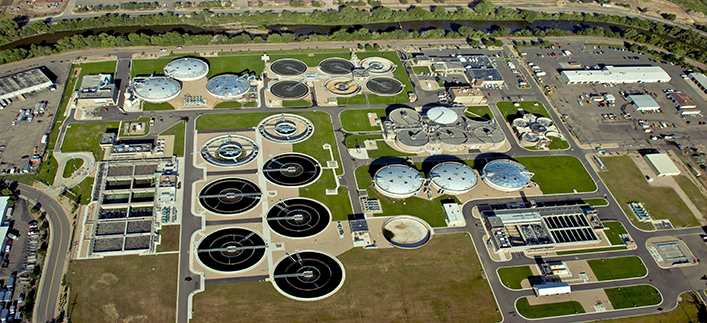The main purpose of a sewage treatment plant is to remove impurities from the water. It is helpful to clean the wastewater that is released from the drains. It effectively removes contaminated and solid wastewater.
This plant is mainly adopted by industrial areas that require large amounts of water supply on a regular basis. Sewage treatment plants are also referred to as household wastewater treatment plants.

Image Source: Google
The establishment of this plant is mainly done under professional supervision, as it is important to install it properly to get optimum results. The demand for this plant is increasing rapidly, not domestically but globally, as it is the best way to clean and reuse water.
- Primary Stage – The primary stage of this process is solid cleaning, in which all solid waste is discharged. The plant has a primary door that operates only for the initial stage where standard cleaning is performed.
- Secondary Stage – The second phase of this plant usually focuses on biological components, which means that all harmful components are removed. This is the most important step to clean wastewater and should be done carefully. The sewage treatment plant provides a place where this second phase can be done easily.
- Final Stage – This is the final stage where the main objective is to clean as much water as possible. In this process, the water passes through a man-made natural filter system that helps absorb the remaining waste and contaminants.

